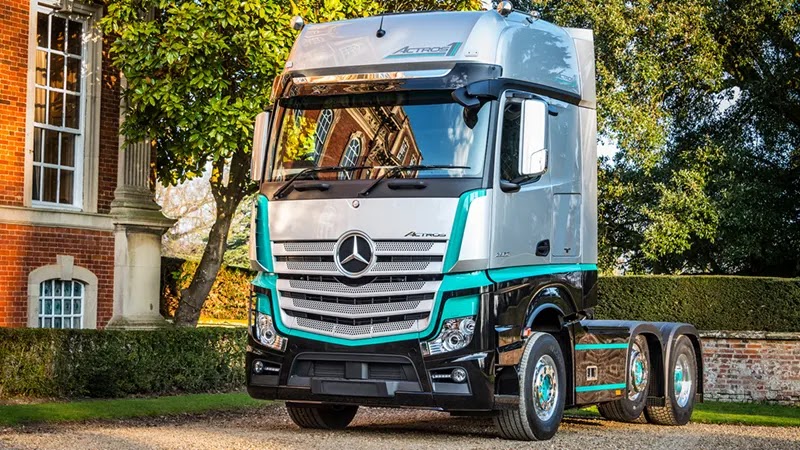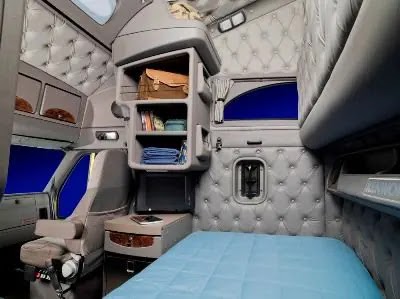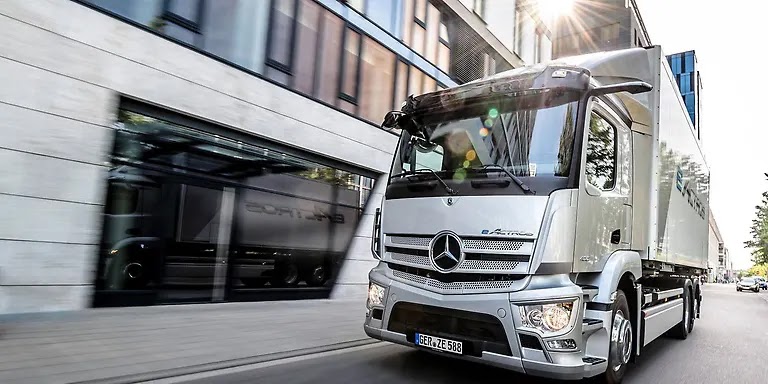
Semi-trucks in the United States and Europe are vastly different. To observe that semi-trucks in the United States and Europe appear extremely different, you don’t need to be a truck expert or have a deep awareness of the mechanical aspects of these vehicles. What’s the point?
Why did people in different parts of the world have different conceptions about what a truck should look like?

The tractor unit is the most noticeable distinction between American and European semi-trucks. Cab-over trucks are common in Europe. This means the cabin is located above the engine. As a result, the truck has a cube shape with a flat front surface that is easy to clean.

While in the United States, Australia, and many other countries, standard cab trucks are used. Cabins are located behind the engine. In order to see over the truck’s long engine cover, drivers sit further back in their seats.
Why did various designs dominate in different parts of the world?
A major difference between European and American trucking is that owner-operators are more common in the US than Europe. The majority of these people own their own trucks and spend months at a time living in the truck. With a larger wheelbase, semi-trucks with conventional cabs are a little more comfortable for long drives. As a bonus, they are known for having a lot of interior space. In Europe, it is unusual for truck owners to convert their vehicles to add large living areas. It’s also easier to get in and out of the vehicle without the engine under the cab because the cabin is lower.

In addition, ordinary cabs are more cost-effective than those with cabs over the engine. Obviously, cab-overs are better at hauling bigger weights. Still, if two trucks with identical powertrains and cargo were side by side, the traditional cab truck would use less fuel. This is because the cab-over design has a larger drag coefficient than other designs. In theory, of course, but in practice, there are simply too many variables to take into account to make such a conclusion.
It is also easier to maintain and repair the engine in conventional cab vehicles, as the engine is located in an area that can be easily accessed.
Cab-over vehicles, on the other hand, have their benefits.
In order to get close to other vehicles or objects, a cab-over truck’s square shape makes it easier to do so. As a result, European semi-trucks are substantially lighter and have shorter wheelbases, making them significantly more maneuverable. More compact and easier to handle in traffic and urban areas.

There may be more than just economics at play when it comes to truck design in the United States and Europe.
Is there a reason why European and American vehicles are so distinct?
In Europe, a semi-trailer truck cannot exceed 18.75 meters in length. Exceptions do exist in some countries, but this is the overall rule. The tractor unit must be as short as feasible in order to maximize the length of the cargo. Mounting the cabin on top of the engine is the best approach to accomplish this goal.
In the United States, similar regulations were lifted in 1986, allowing vehicles to be significantly longer. Despite the fact that cab-over trucks were popular in the United States in the past, they were overtaken by conventional vehicles that were easier to live with and more spacious. We’re losing cab-over vehicles at a fast rate in the United States.
Speed is also a factor. In Europe, semi-vehicles are limited to 90 km/h, whereas in the United States, trucks can reach 129 and even 137 km/h. Improved aerodynamics and a longer wheelbase can make a big difference in this regard.




